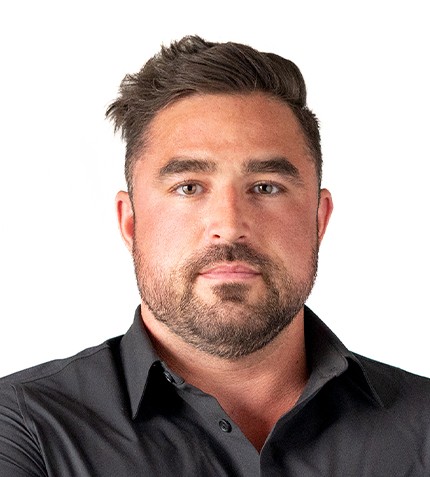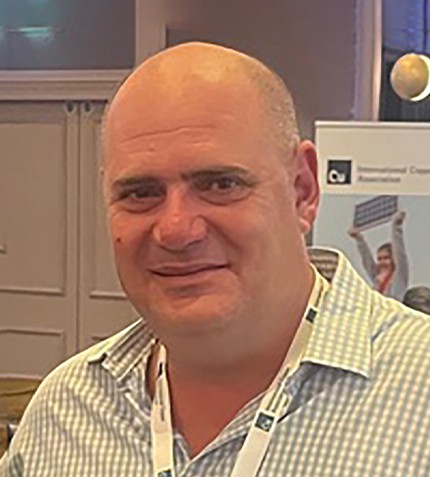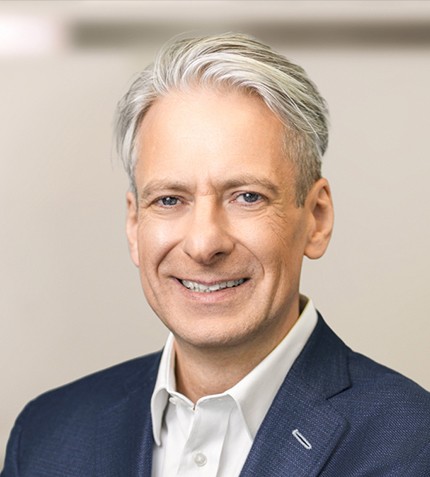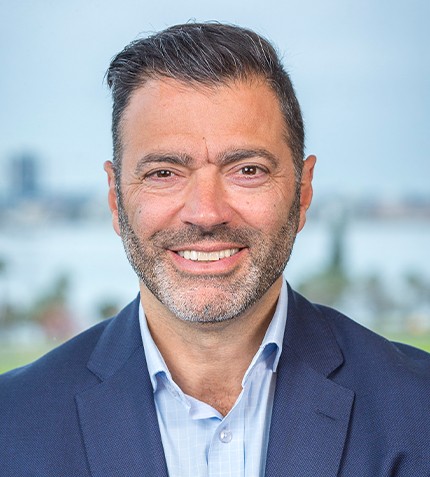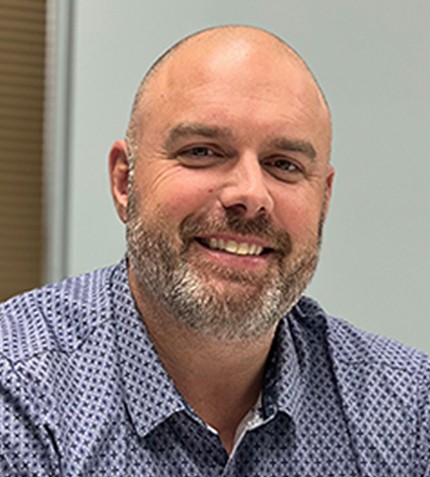
"When digital tools are too difficult to use, they end up being abandoned, so we developed Sofvie directly with the workforce to make sure that it is user-friendly."
Gus Minor
CHIEF INNOVATION OFFICER, SOFVIE
What inspired the founding of Sofvie?
We created Sofvie to enhance the workplace and make sure that mining workers return home safely. Prior to Sofvie, mining conversations were often undocumented and/or unmanaged, therefore, information was transferred slowly and inefficiently. By the time information gets to the decisionmaker it is often no longer relevant or factual, thereby placing safety and productivity risks. Sofvie resolved this problem by developing a web and mobile application dedicated to maximizing insights and communication between managers, fieldworkers and their supervisors. This collaborative software solution provides timely information to and from the field in order to make consistent and accurate decisions. At the click of a button, the information is accessible by everyone along with managers, which in turn lowers the risk to life and increases productivity all while supporting a positive environment to work in.
How is Sofvie’s software helping companies acknowledge talent and worker performance?
We are seeing that after adopting our software, entire organizations are much more informed in a real time fashion. This catalyzes a cultural transformation. We have a positive recognition module built into our software. During any standardized process or audit, they have the opportunity to acknowledge work that is performed to a very high standard.
What were the shortcomings of health and safety software offerings before Sofvie was introduced?
There are a lot of generic tools on the market, but we built our software specifically for the mining sector. Before developing Sofvie, we conducted market research to find out what was out there. We found that existing software was overly engineered in the sense that workers needed training, or the onboarding process was too steep. When digital tools are too difficult to use, they end up being abandoned, so we developed Sofvie directly with the workforce to make sure that it is user-friendly. Sofvie has been well received, and workforce adoption rates are very high for our software.
Could you elaborate on Sofvie’s work with Cambrian College and the integration of wearable devices?
We are working with the R&D department at Cambrian College, and a local provider to integrate Sofvie's software with an Internet of Things device to act as an "off switch" to prevent unqualified workers from using specific equipment. If the training records do not match and the worker does not have the authorization to run a piece of equipment, it will not turn on.
We are also trying to integrate wearable devices into Sofvie. We know that for the data to be rich, predictive and prescriptive, we need more information. We need to analyze the pictures and biometrics to obtain a clear scope of possibilities. Because of underground environmental conditions such as pressure and temperature, devices last an average of two weeks before they are no longer functional. Our idea is that miners can be well taken care of and depend on solutions that will endure the harsh environments, we developed a prototype resistant to extreme conditions.
How is Sofvie leveraging partnerships and funding opportunities from the Government of Ontario?
Sofvie has been leveraging Cambrian College's network of funds and funding from the Government of Ontario through the Ontario Centre of Innovation's (OCI) Voucher for Innovation and Productivity (VIP) program. The Northern Ontario Heritage Fund (NOHFC) has also agreed to contribute to our data sciences and development for predictive and prescriptive analytics.
We are also working to build internship opportunities so people can have direct experience right out of school. If we want access to talent in the future, we must help to develop it now.
How has being a part of the Sudbury mining ecosystem helped Sofvie grow?
In deciding where to locate Sofvie, part of our decision was influenced by the fact that we needed as much direct feedback from customers using our software. This would be very difficult to do from larger centers which are greatly removed from the workplace, but in Sudbury, there are many companies and mines located just down the street. We also have a lot of the Sudbury workforce that travel and work around the world after getting their start here. It is a great way to network and get feedback from what others have witnessed in other parts of the world in their mining journey.




